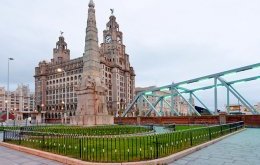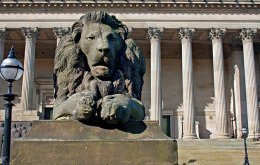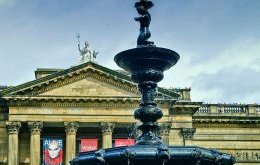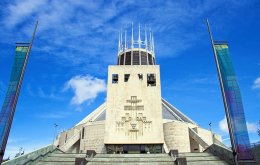Famous buildings in Liverpool
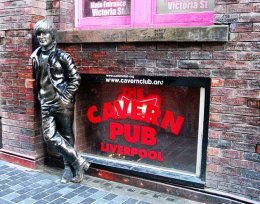 Think of Liverpool and you immediately think of The Beatles, Liverpool Football Club, and that unique Scouse accent. The heart of Merseyside lies on the east bank of the Mersey estuary, just three miles from the sea. At this point the Mersey is almost a mile wide, opening out inland into a basin three miles wide. This is one of the reasons Liverpool, with one of the largest harbors in the world not dependent on tides, remains a major port for transatlantic shipping.
Think of Liverpool and you immediately think of The Beatles, Liverpool Football Club, and that unique Scouse accent. The heart of Merseyside lies on the east bank of the Mersey estuary, just three miles from the sea. At this point the Mersey is almost a mile wide, opening out inland into a basin three miles wide. This is one of the reasons Liverpool, with one of the largest harbors in the world not dependent on tides, remains a major port for transatlantic shipping.
The city has many handsome historic buildings, as well as numerous gardens and parks, museums and recreational facilities. Some of the main attractions are the Walker Art Gallery and the Philharmonic Hall, one of the best concert halls in Europe. It also has the distinction of being named a UNESCO World Heritage Site, a designation that covers six locations in the center of Liverpool including Pier Head, Albert Dock and William Brown Street.
 The origin of the city's name is traditionally connected with the mythological Liver Bird (pronounced "lyver"), a seagull-like bird seen in the city's coat of arms. The name Liverpool first appears in 1173 in a charter granted by Henry II. These days, Liverpool's an important trading metropolis, university town and financial center, as well as a key city for the Catholic and Anglican churches, both of which have bishops here.
The origin of the city's name is traditionally connected with the mythological Liver Bird (pronounced "lyver"), a seagull-like bird seen in the city's coat of arms. The name Liverpool first appears in 1173 in a charter granted by Henry II. These days, Liverpool's an important trading metropolis, university town and financial center, as well as a key city for the Catholic and Anglican churches, both of which have bishops here.
1 The Beatles
Liverpool is famous as the birthplace of The Beatles. Various tours offer fans the opportunity to follow in their footsteps (Penny Lane, Strawberry Fields), including The Beatles Story in Albert Dock and the rebuilt Cavern Club, where they made their debut in 1961. Other Beatles related sights include the Cavern Walks (murals by Cynthia Lennon), The Beatles Shop, and 20 Forthlin Road, McCartney's former home and where the band wrote and rehearsed many of their early songs. The property is open to the public and features Beatles memorabilia and photos.
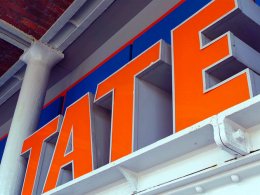 Location: Britannia Vaults, Albert Dock, Liverpool
Location: Britannia Vaults, Albert Dock, Liverpool
Albert Dock
The superbly restored Albert Dock, the first in Britain to be built using only bricks and iron, is an impressive five-story high block surrounding the harbor basin where cotton, tobacco and sugar were once unloaded. The enormous Victorian buildings are built around an arcaded walkway, its cast Tuscan columns once serving as capstans for moored ships. The decoratively restored warehouses with their luxury apartments, designer boutiques, offices, restaurants, cafés and museums are a prime example of "gentrification", a phenomena which can also be witnessed in London, Manchester and Glasgow, whereby decaying inner cities are restored to provide recreational amenities.
Albert Dock is also home to a number of first-rate tourist attractions including The Beatles Story Museum with its memorabilia, photographs and films of the Fab Four; the International Slavery Museum located just yards from the dry docks where 18th century slave ships were repaired and fitted out; and the Border Force National Museum which tells the story of smuggling and contraband from the 1700s to the present day.
Location: Albert Dock, Liverpool
Tate Gallery
An acclaimed branch of the Tate Gallery has been established in the Albert Dock. As chance would have it, the London Tate Gallery - established at the end of the 19th century with a legacy from the sugar magnate Sir Henry Tate - found space in the warehouses where raw sugar was stored before being refined. The ground floor of the "Tate of the North" has exhibition halls and galleries dedicated to contemporary art as well as works on loan from London.
